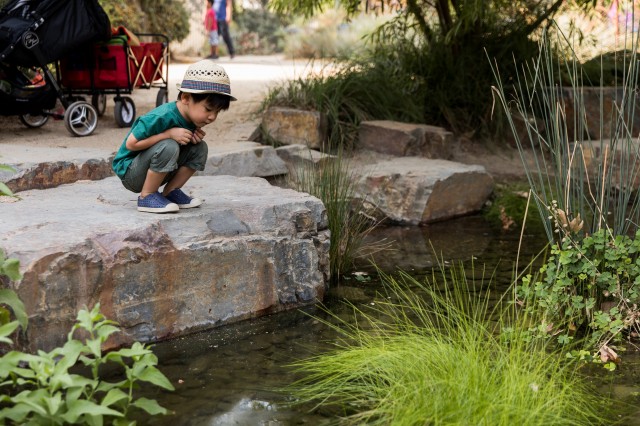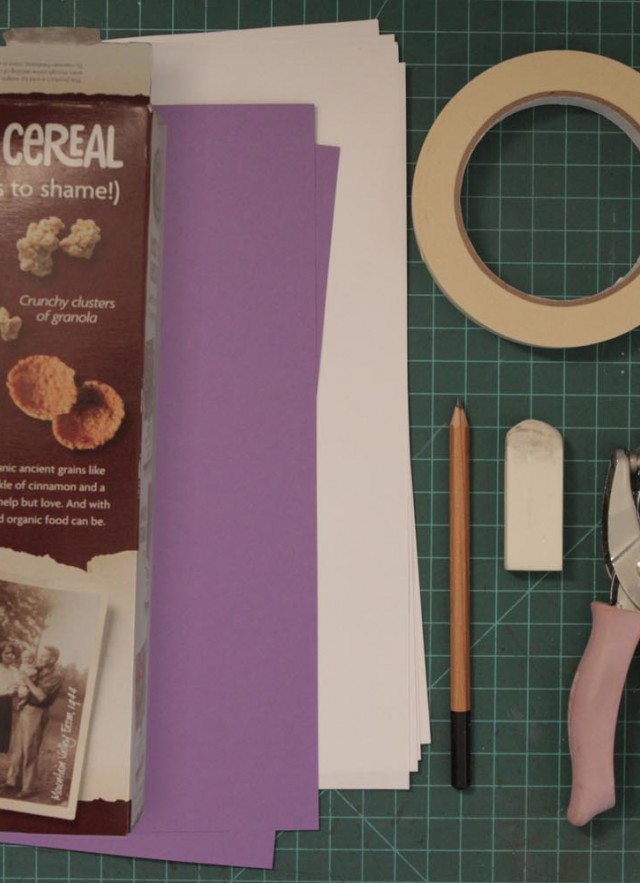
ACTIVITY | GR 2-5 | PK-GR 1

Cut out some paper shapes and glue them together. Place under a page in your journal, or another sheet of paper. Use a pencil, colored pencil or crayon to rub over your design underneath. Try using light pressure, and then gradually build up. Rubbings can also be made over any textured surface, like tree bark or plant cuttings!
Stuck inside? Check out iNaturalist for some great photos and nature inspiration from last year’s City Nature Challenge in L.A.
Did you know that one of the most commonly observed insects from last year’s CNC is the convergent lady beetle? Try making this lady beetle on a common mallow leaf, a painted lady butterfly, or your own design!
Originally meant to represent wholeness and a model for the organizational structure of life itself. We can create our own by arranging leaves and flowers into a pattern that starts from the center and builds out. Choose healthy looking leaves and flowers from outside, preferably ones that just fell to the ground.
Things to think about when collecting raw plant materials for your project:
‘Plein Air’ is a french term meaning ‘open air’. Plein air painting has existed for centuries but it was made popular by the artistes of the impressionists movement in France in the 1860’s. It is a method of sketching and/or painting colorful landscapes while being outdoors. And just like the impressionist our main objective is to capture the constant shifting and play of light and color in the world around us.
Pigment is what makes color. It can be created in many ways to make paints and dyes. Originally, it comes from the ground and plants. As you try this project, it is fun to imagine what it must have been like to be among the first humans to discover how to turn plain fabric more colorful with pigment from actual leaves and flowers. Choose healthy looking plants from outside, preferably ones that just fell to the ground. The images here use plants that are common in Los Angeles. One Bougainvillea flower and one leaf from a Nasturtium make a green and magenta pattern on paper. Approximate creating time (not counting growing the flower from seed!): 15 minutes